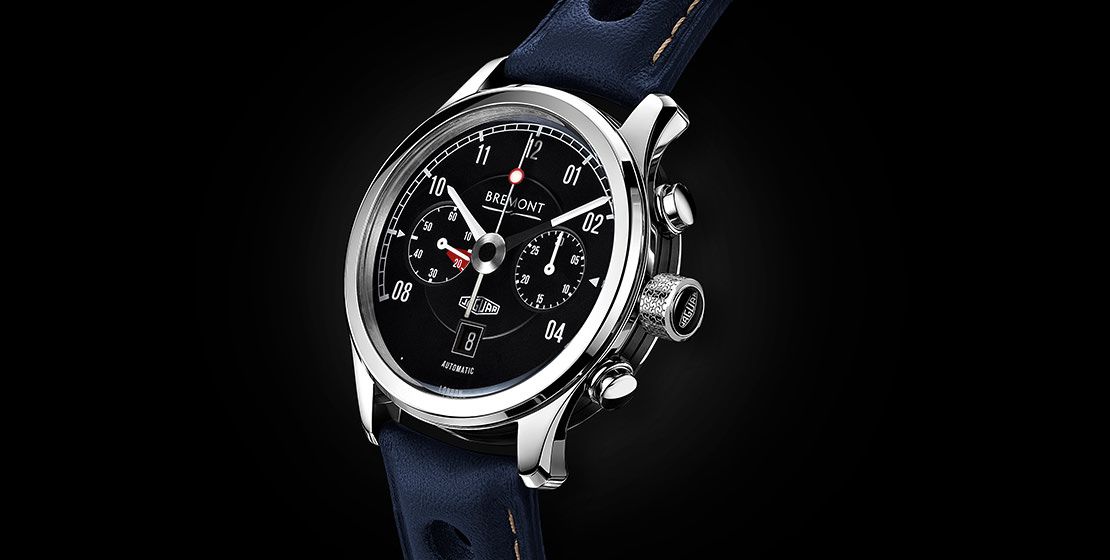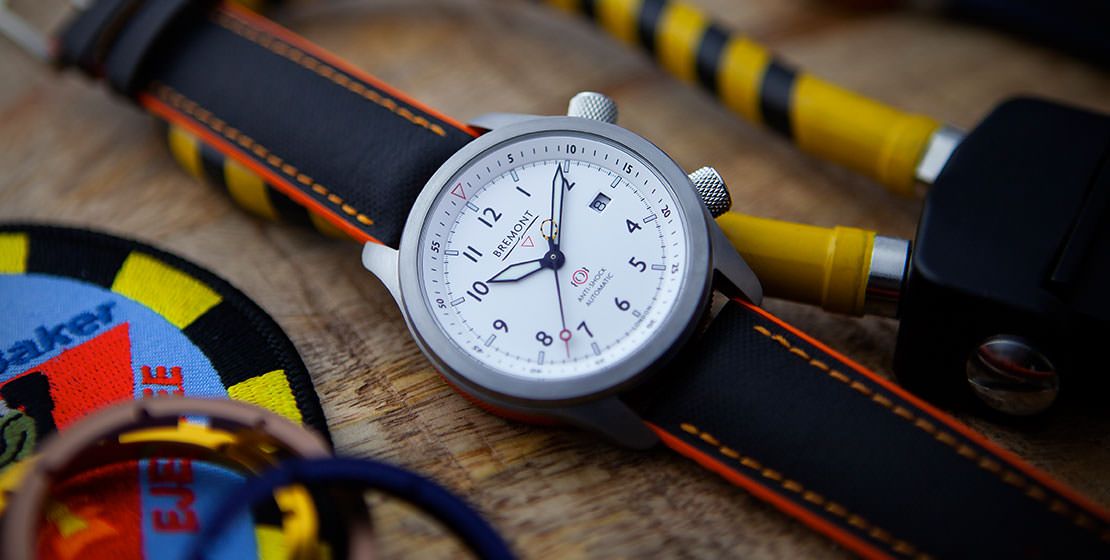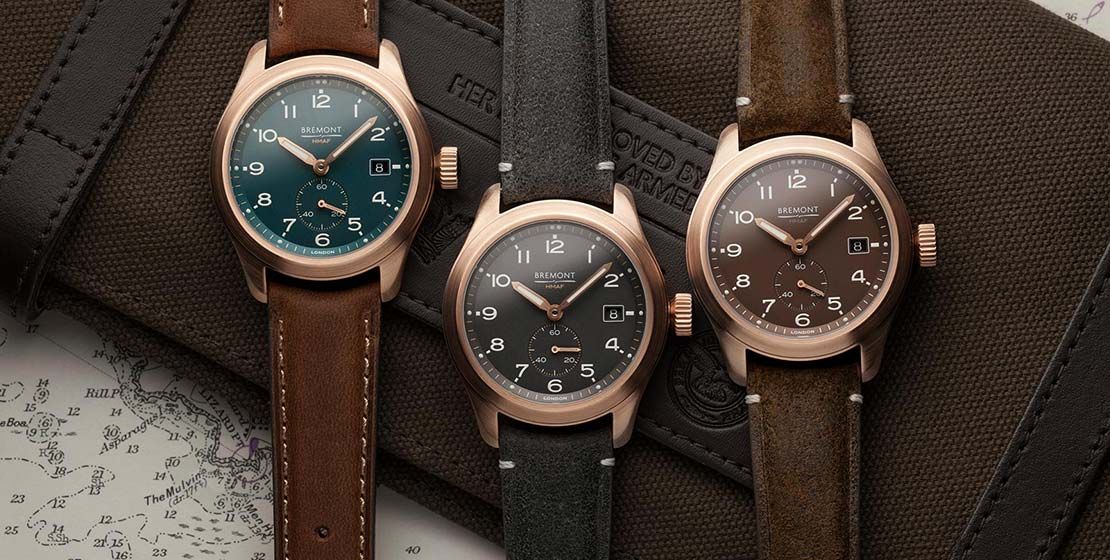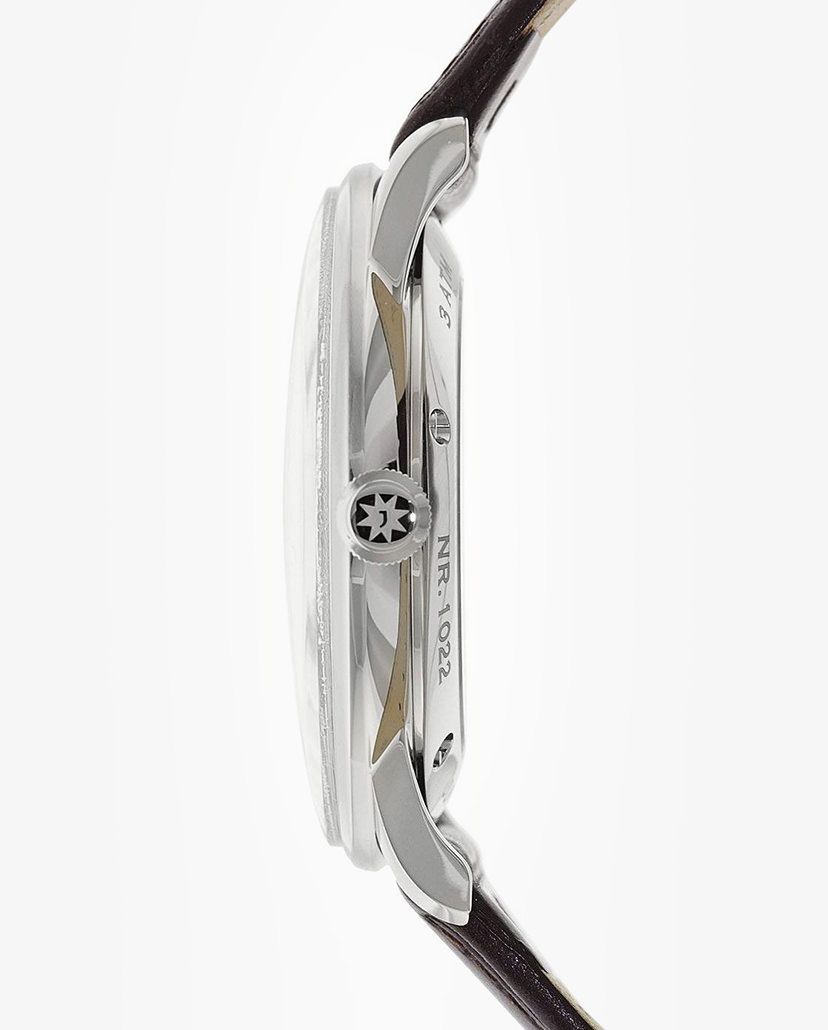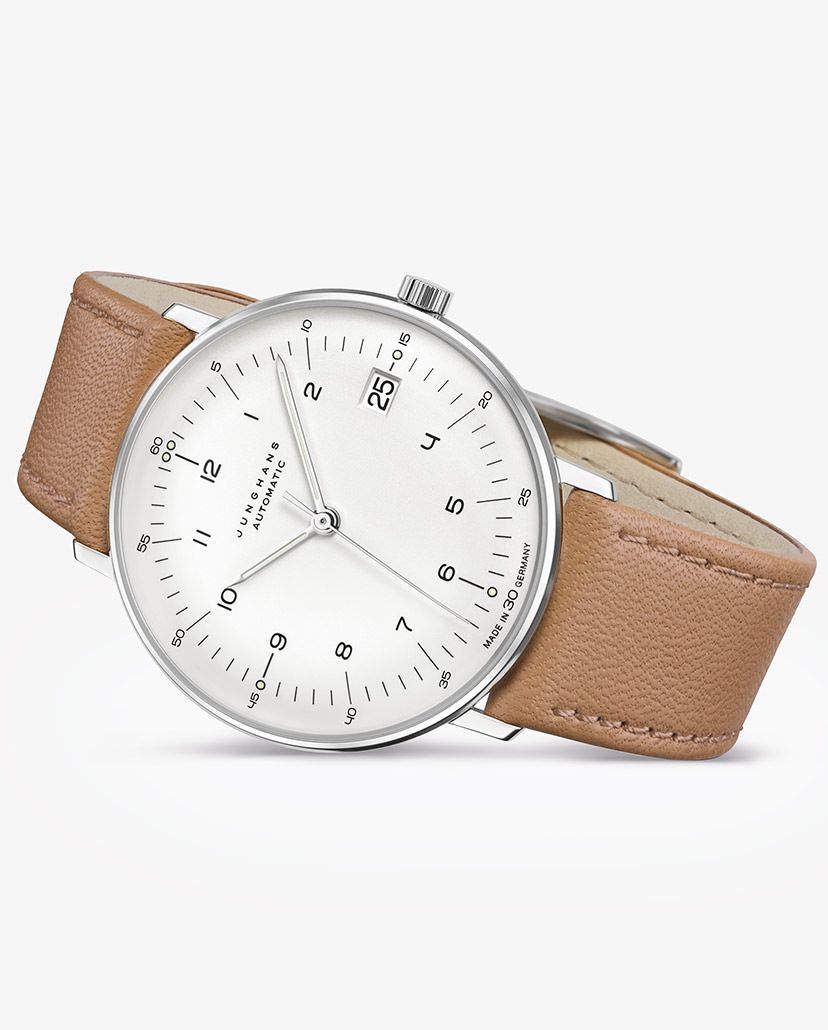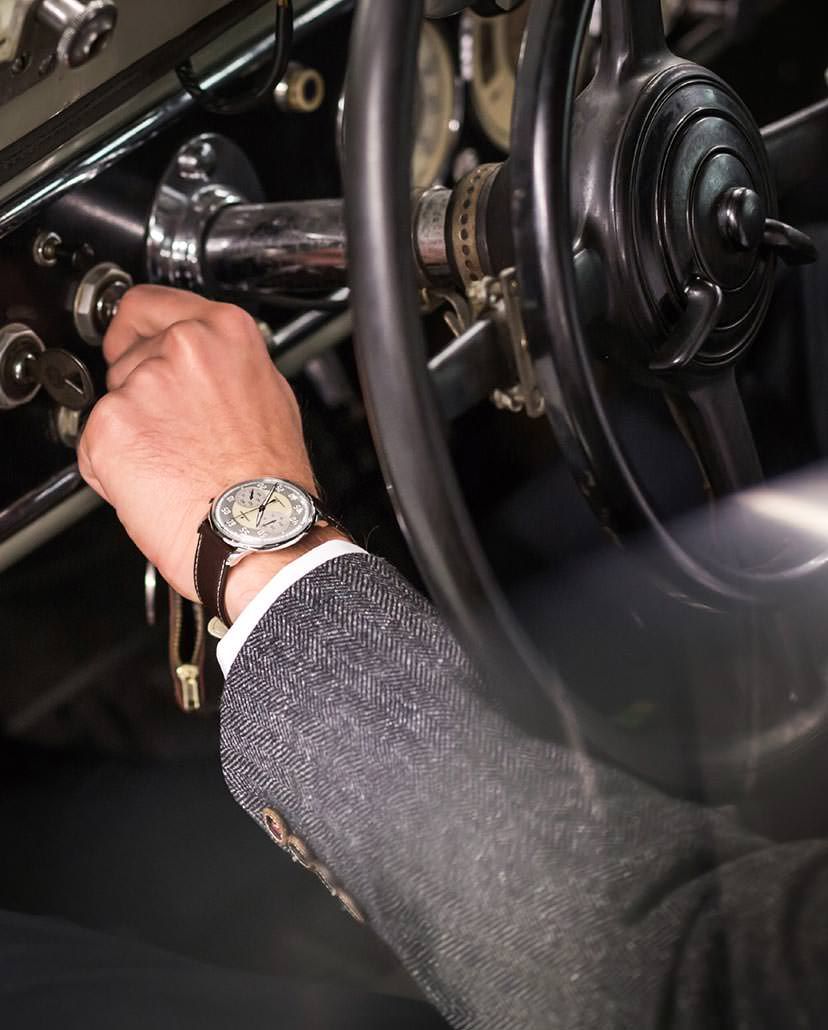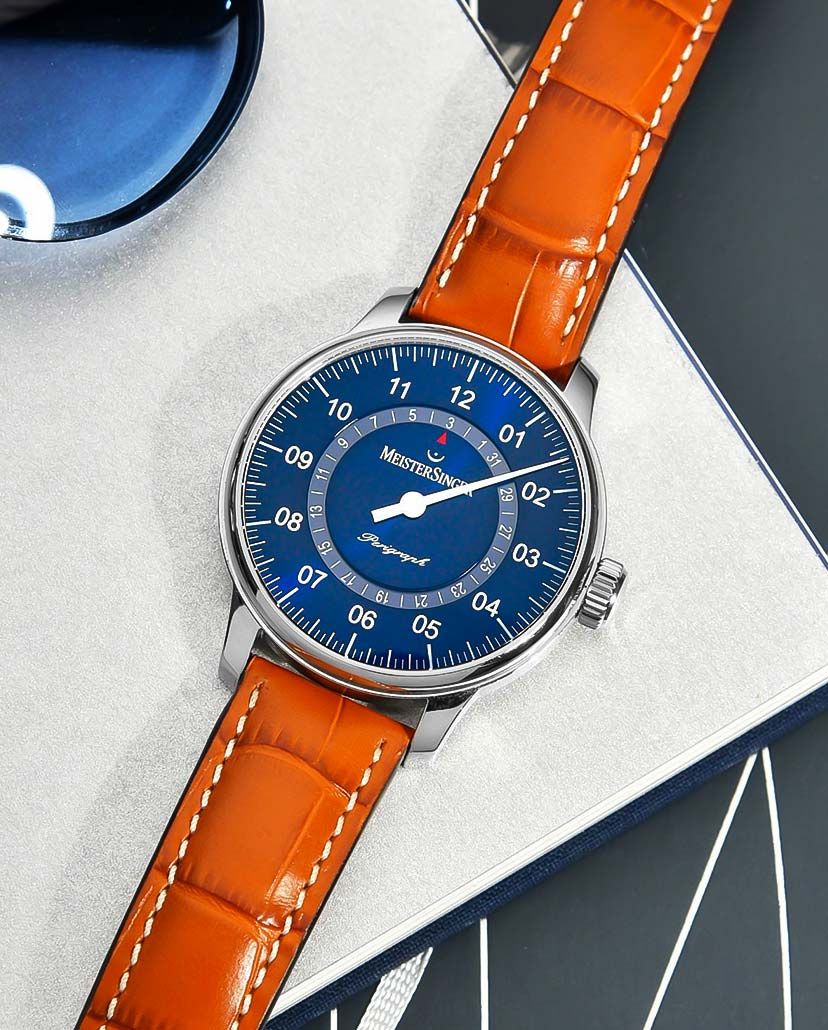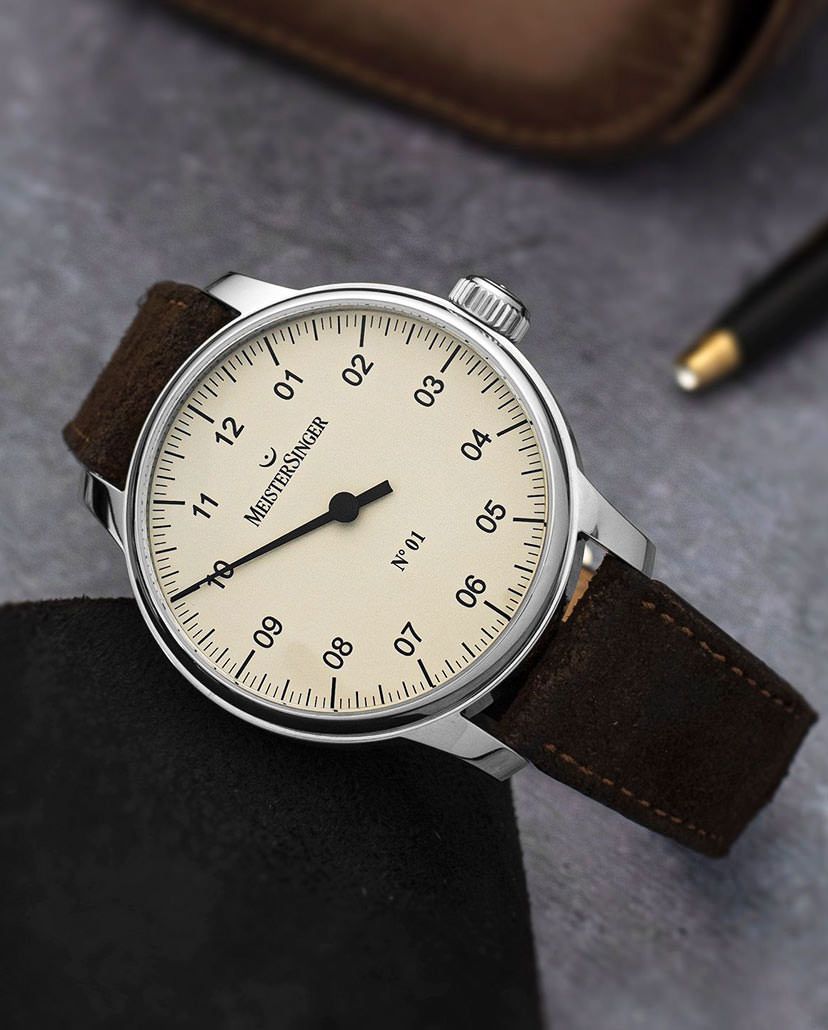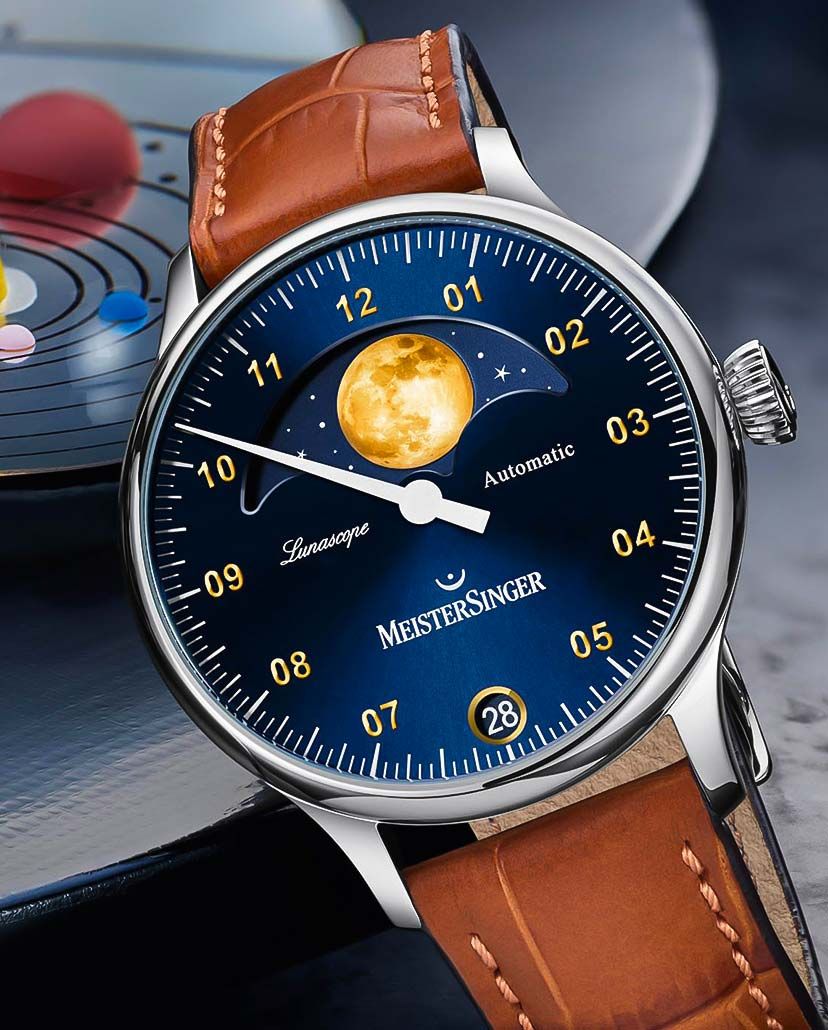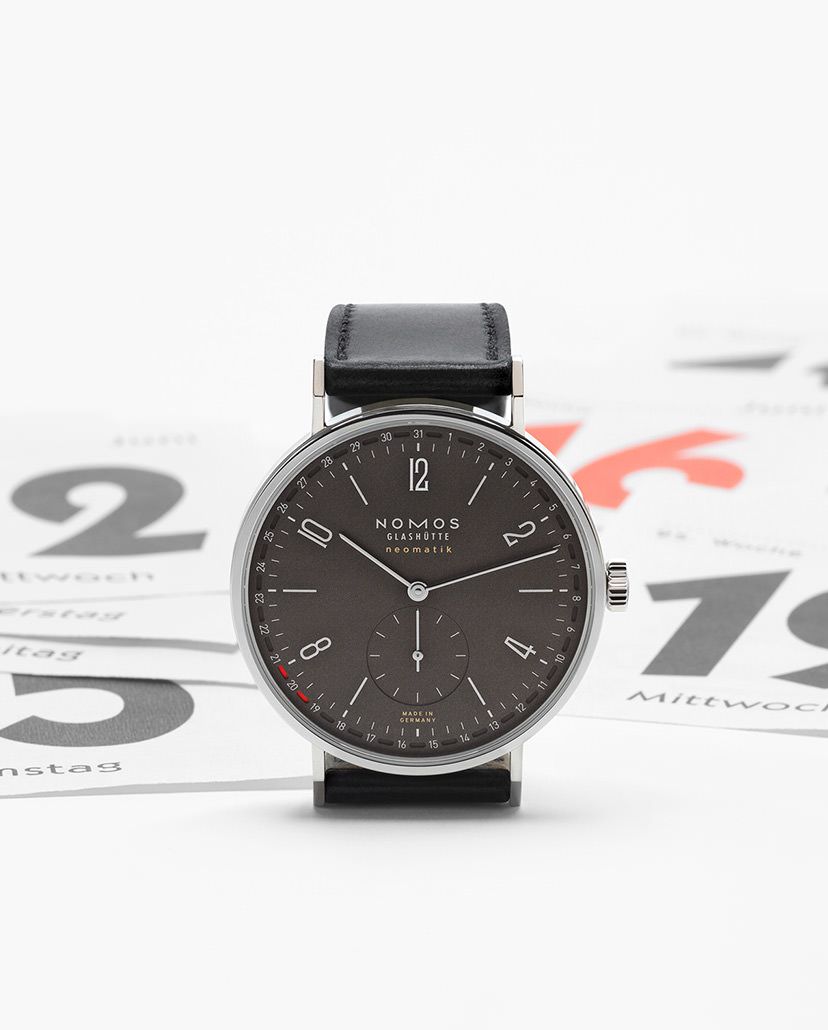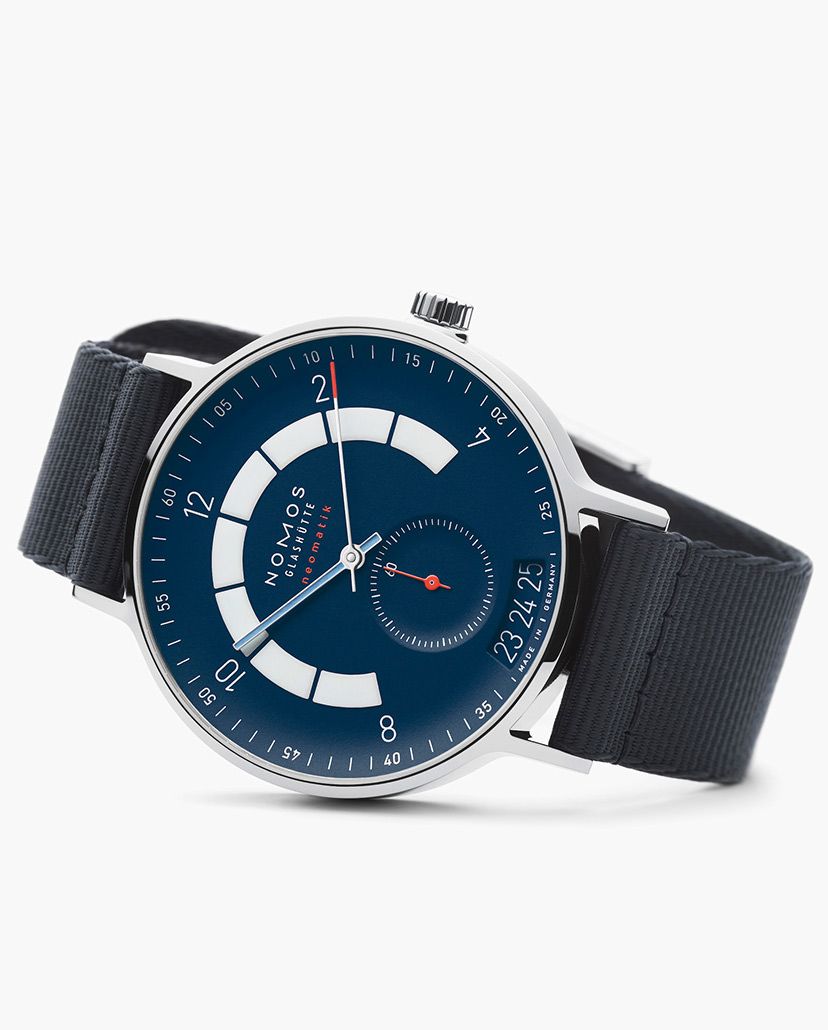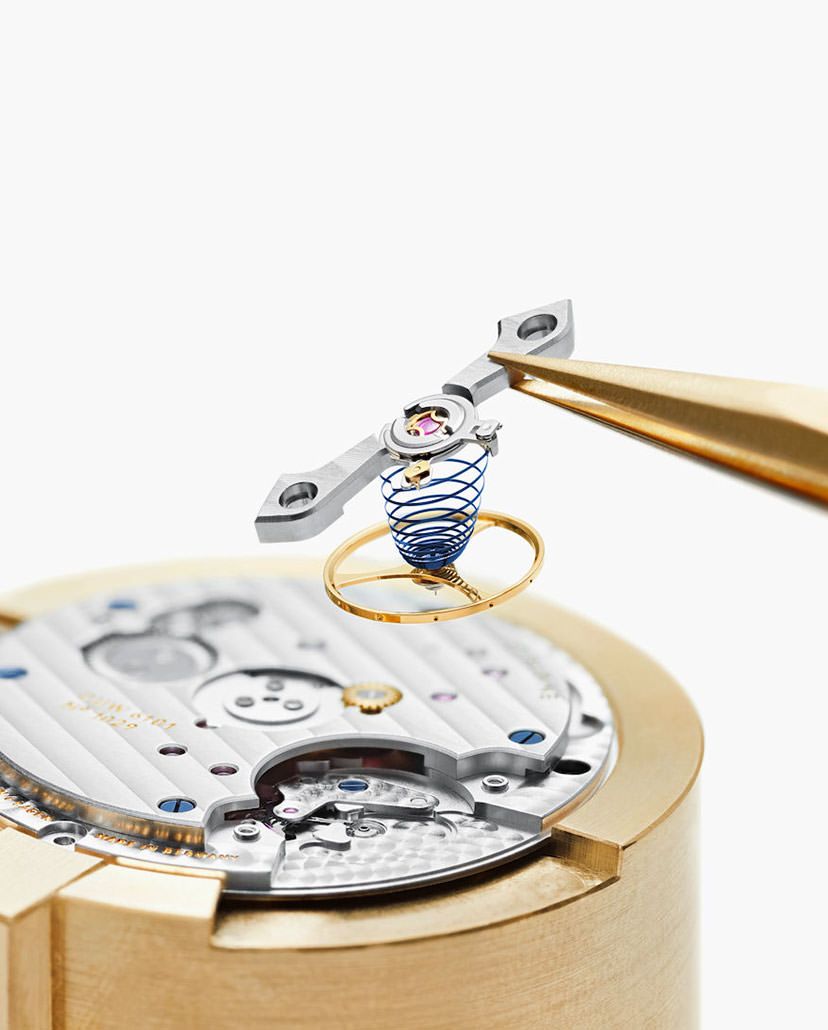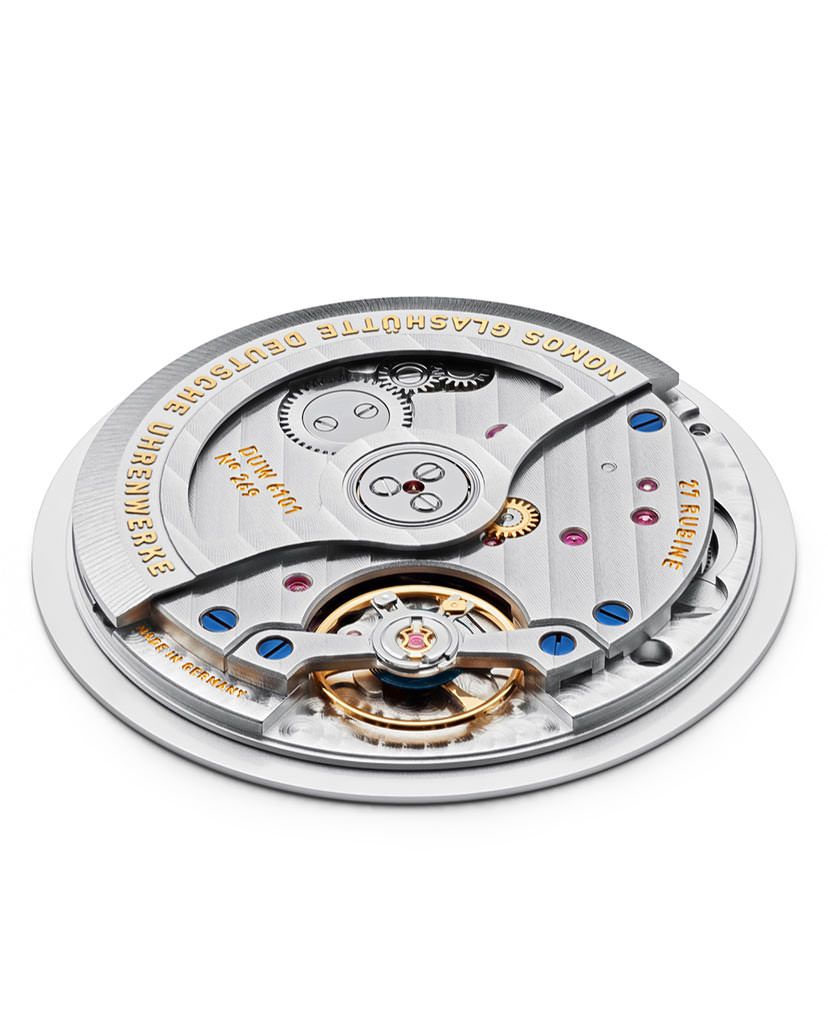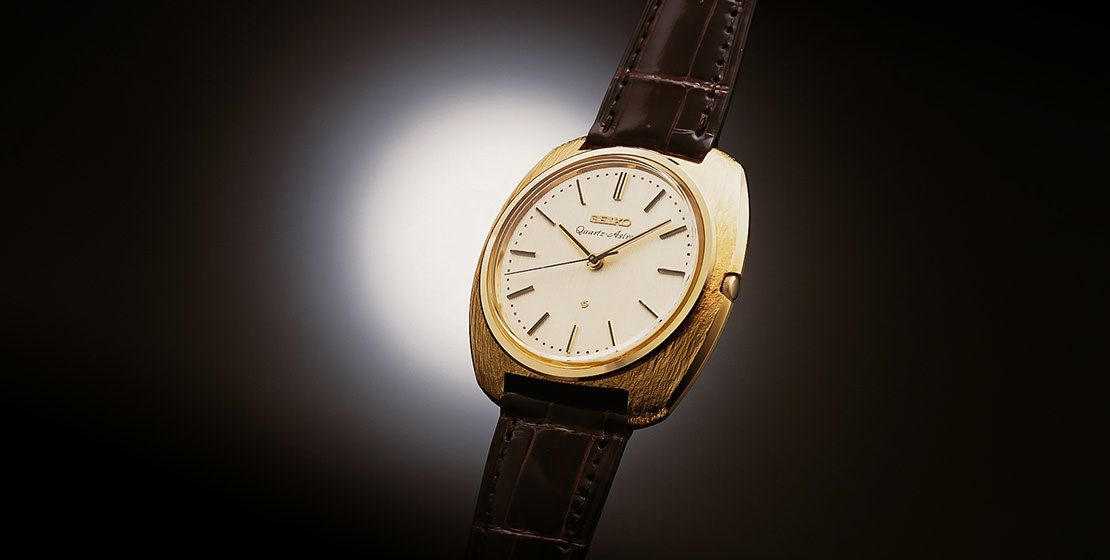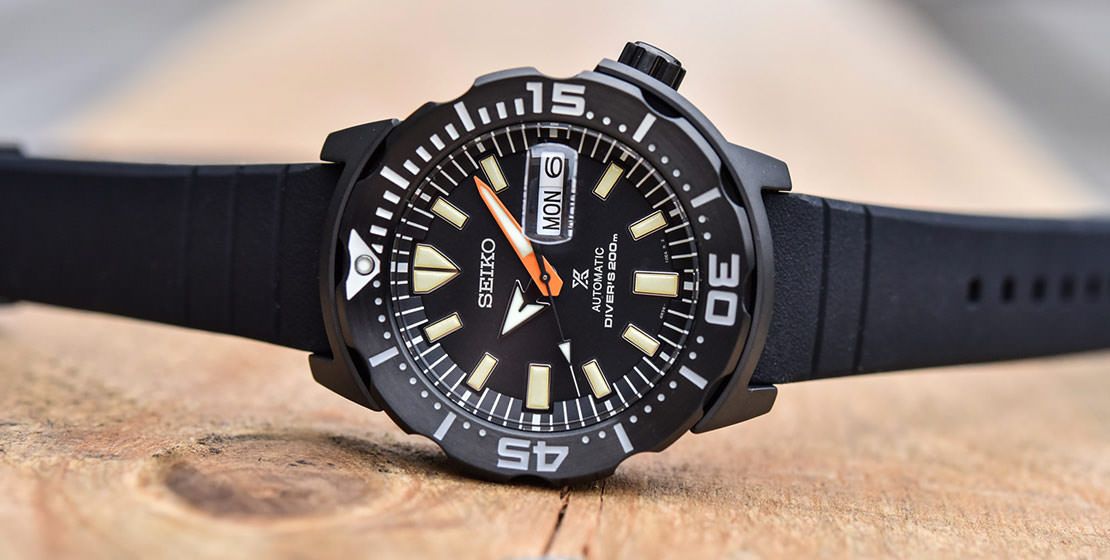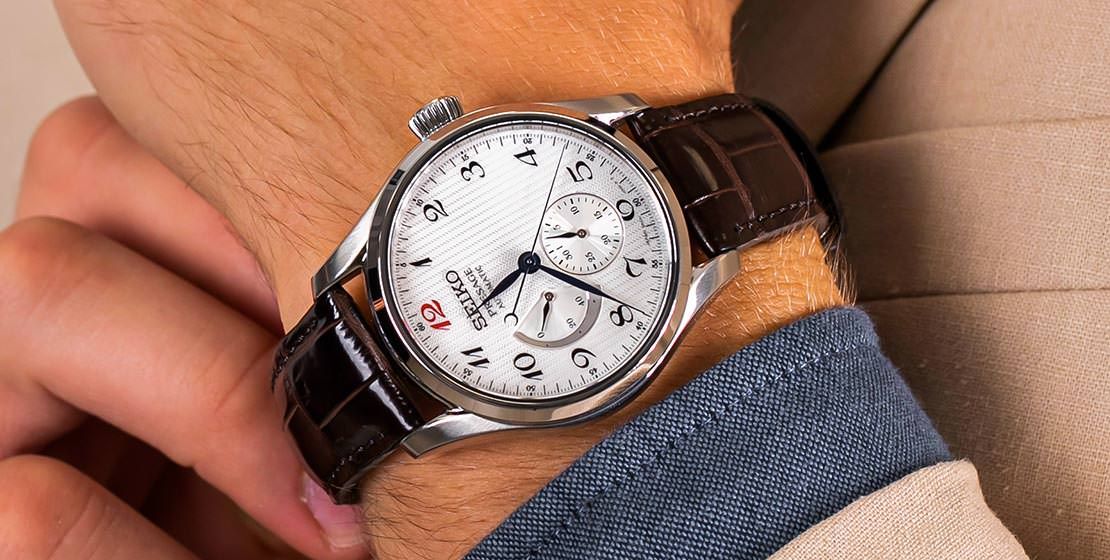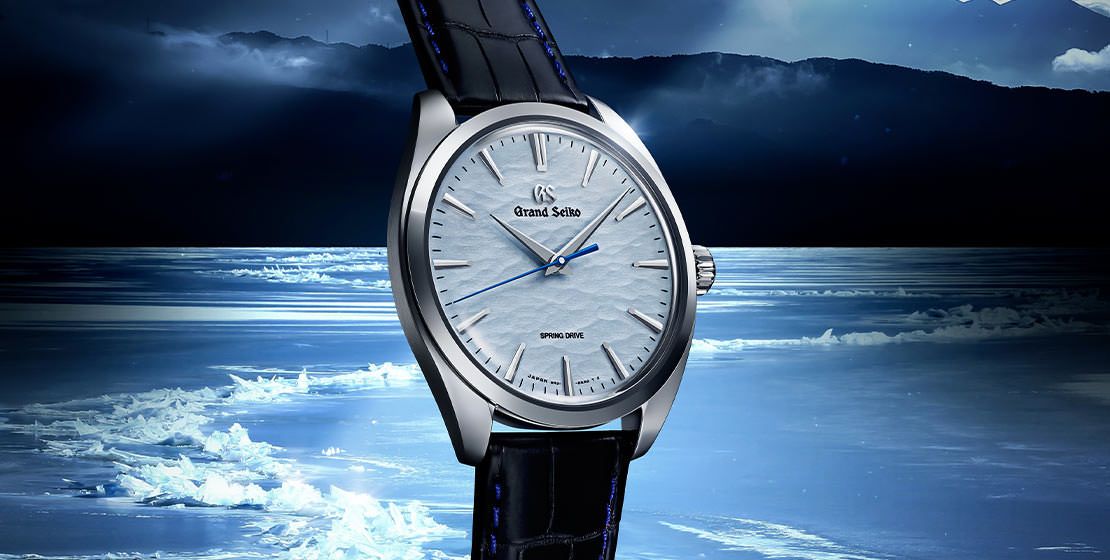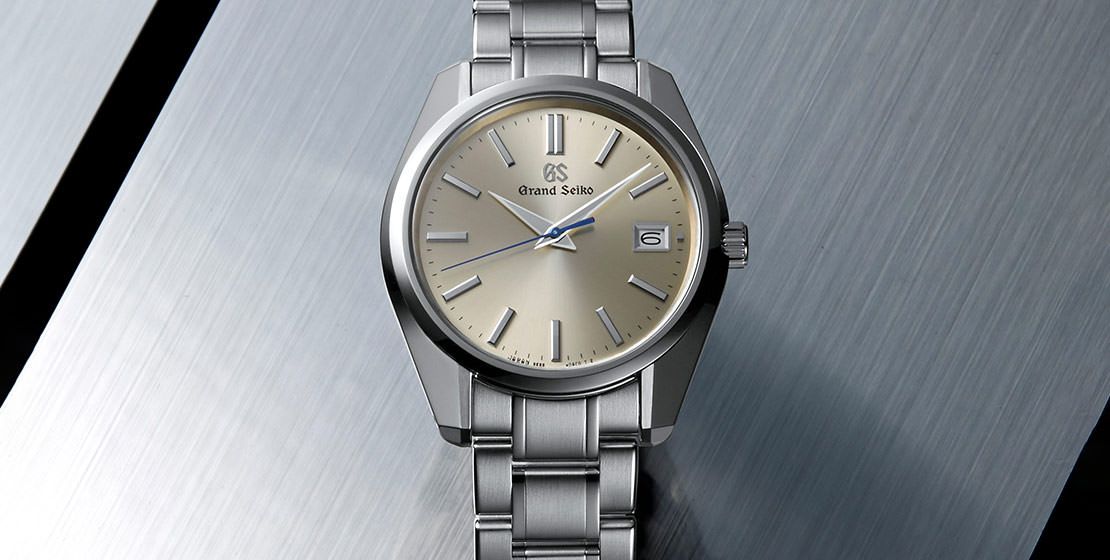Round-UpSubverting The Monopoly: Presenting Five Fine Non-Swiss Watchmaking Brands
Undoubtedly, Switzerland is the home of luxury watchmaking but today, there are several non-Swiss brands crafting timepieces that are as formidable as their Swiss counterparts. Let’s take a look at such watch manufacturers and what makes them special
May We Recommend
It’s not just happenstance that Switzerland is the headquarters of several luxury watch manufacturers. The country has a long and illustrious history of fine watchmaking and, over the years, has become synonymous with exquisite, durable and high-quality timekeepers. However, today, there are quite a number of watch manufacturers who aren’t based in the Mecca of watchmaking but are crafting timepieces that are by no means lesser than their Swiss counterparts. Moreover, the contingent of non-Swiss watch manufacturers—located in countries such as Great Britain, Germany, and Japan—is challenging a widely accepted belief in the horological industry: that fine timepieces are only manufactured in Switzerland. So, without any further ado, let’s explore some of these brands and what makes their products as formidable as any Swiss watch out there.
Great Britain
Bremont
Established in 2002, Bremont are an infant brand in comparison to the giant watch manufacturers of the horological industry. Yet they are steering the revival of British watchmaking from the front. The nation was once a thriving ground for all the advances in the timekeeping world and during the early 19th century, it was producing nearly half of the timepieces sold across the globe. Even the great Rolex started out as a British brand. However, in the next 100 years, the British watch industry became a shadow of its former self and eventually collapsed as the world knew it. What Bremont are doing is reinvigorating the glorious horological past of their country with the help of their superior craftsmanship, passion for details and the desire for constant innovation.
Following the policy of manufacturing as much as possible in the UK, Bremont have been particularly recognised for the ‘trip-tick’ construction of their timepieces, which consists of three elements: the hardened steel bezel, the caseback, and a separate middle barrel. This unique design not only separates the watchmaker’s timepieces from the ubiquitous two-piece cases found in the market but also provides them with superior durability and resilience. Further to this, Bremont use the B-EBE2000 hardening technology that’s a special process that makes the timepieces seven times harder than traditional steel and makes them ultra-resistant to scratches and everyday wear and tear.
Apart from the strong build of the watches, the brand have also garnered an ardent following of admirers for their military and aviation-inspired collections. Bremont have worked closely with elite military units from all over the world and provided meticulously crafted timepieces that match to fit the needs of combat personnel, whether that entails withstanding the rigours of high altitudes or deep-sea diving. They have also partnered with Britain’s Ministry of Defence (MOD) on the Bremont Armed Forces Collection and are the only watch manufacturer allowed to feature the signs and badges of the Royal Navy, British Army and the Royal Air Force on their products.
Germany
Junghans
With utmost precision, clarity and functionality ingrained in their DNA, Junghans have been offering bold and beautiful watches for more than 160 years now. Based in the Black Forest town of Schramberg, Germany, the brand were originally established as a clock component factory and came into prominence for their wooden cases, bronze signs and pendulums. Subsequently, they began making watches in 1866 and within the next four decades, they had the world’s largest watch factory producing over three million watches every single year. Driven by their passion for innovation, the watchmakers were the first, in 1912, to create clocks and watches that could be visible in the dark. They continued to excel even after their factory was removed at the end of World War II. During the war, the factory was converted into a manufacturing plant for weapons and once the war ended, everything was completely shut down. Their first wristwatch was introduced in 1928 and two years later, they brought out in-house movements, including the J-series which was widely considered one of the best in the 1950s. But Junghans reached the pinnacle of fame when they started crafting timepieces in collaboration with the Swiss artist and designer, Max Bill, who was the founder of the Concrete Art movement, which was an abstract art movement that focused on geometrical shapes. The most notable work to come out of this partnership was a series of wristwatches designed by Bill, which were unveiled in 1961. Offering minimalist clarity and precise proportions, the timepieces were built with the Bauhaus approach of form following function and they turned out to be an instant hit, both among critics and watch aficionados. Such was the scale of the success of these wristwatches that even till today, Junghans’ watches take forward Bill’s legacy with minimalistic and refined designs. So, when in 2021, the brand announced that they would be relaunching the Max Bill collection, it seemed nothing but perfectly fitting. Featuring sophisticated dials, narrow bezels, and balanced contours, the contemporary timepieces of the range are a seamless blend of traditional workmanship with state-of-the-art technology.
Germany
MeisterSinger
Arguably the most distinguishable watch brand to be featured on this list, MeisterSinger came into existence around two decades ago in Münster, Germany, and are best known for their single-handed watches. Their timepieces are an embodiment of simplicity coupled with sheer elegance and inspired by historical timekeeping devices like the sundial and hourglass. In a world, where there is no dearth of busy dial designs, cluttered with various complications, extravagant motifs, and decorations, MesiterSinger watches offer a sense of relief and clarity. During an interview with The Watch Guide, Manfred Brassler, the founder, explained, “People don’t want to function like a machine, but rather live to their own feeling of time. And this idea of the single-hand watch encourages you to remember that you have the human time; not just the cultural time or the industrial time.”
This idea of pared-down aesthetics isn’t just restricted to the single time-telling hand. Instead of breaking time into the smallest units, MeisterSinger divide the indices into 144 markers, with each one of them representing five minutes. So, when the hand is pointing at the first marker after 2:00, it would read 2:05. Talking to Monochrome Watches, Brassler elaborated on the idea behind this design. He said, “A watch that tells time to the nearest five minutes makes the wearer more tolerant in terms of being slightly early or late, and definitely calmer in the knowledge that the really important appointments are not measured in seconds.”
But the German brand don’t stand out just for their single-hand watches and the relaxed way of time-telling. They are also recognised for their technical innovation. In 2016, they introduced manual winding MSH01 movement, which came with two barrels and a capability of storing a minimum of 120 hours of power reserve. It was the first movement ever win the Red Dot Design Award and the German Design Award.
Germany
Nomos
Located in Germany’s watchmaking ‘capital’, Glashütte—home to some of the most coveted watchmakers in the world, such as A. Lange & Söhne and Glashütte Original—Nomos were founded two months after the fall of the Berlin Wall and quickly became the largest producer of mechanical watches in the country. Despite being a relatively younger brand, Nomos have made a pretty significant mark on the industry, owing to their minimalist aesthetic and technical prowess. In addition to the traditional and understated timepieces, which are crafted on the lines of Deutscher Werkbund—a 20th-century association of German artists and designers—and Bauhaus traditions, the watchmakers have also basked in the limelight for their in-house calibres, which they began manufacturing in 2005. However it was only in 2014 that they joined the upper echelons of the horological industry after they introduced their in-house escapement called the Nomos swing system. This led to the brand gaining complete independence from the Swiss as they could manufacture everything on their own, including hairsprings for which most manufacturers have to depend on the Swatch Group’s Nivarox as a supplier. A hairspring or balance spring is a thin spring that makes the balance wheel oscillate with a resonant frequency when the timepiece is running. It’s an extremely complex component to manufacture and Nivarox maintain their monopoly over it as no other firm have been able to make hairsprings of the same quality and at competitive prices. But owing to their skilful craftsmanship and innovation, Nomos successfully created in-house hairsprings and became a part of a niche group of watch manufacturers who have been able to accomplish this.
The same year, they unveiled one of the most famous movements developed by them called the DUW 3001. Not only was the movement just 3.6mm in height, it also came with a highly efficient gear train system. Usually, the transfer of energy from the barrel to the escapement leads to a loss of 20 percent of energy due to friction. However, Nomos found a way to substantially reduce this loss by altering the number, arrangement and angles of the teeth on each wheel and as a result, the gear train efficiency went up to an impressive 94.2 percent. It’s no surprise that the DUW 3001 received several accolades and it became a staple calibre in Nomos timepieces. In 2018, they introduced an updated version of the highly-acclaimed movement and named it, the DUW 6101. Unlike its predecessor, it came with a date complication located at its periphery and a quick-set date mechanism that allowed the wearer to quickly set the date function by turning the crown in either direction without the fear of damaging the calibre. The movement was first featured in the brand’s Metro Neomatik 41 Update, which won the ‘Challenge Watch Prize’ category of the 2018 edition of the Fondation du Grand Prix d’Horlogerie de Genève (GPHG).
Japan
Seiko And Grand Seiko
When the 21-year-old Kintarō Hattori started his small watch-and-jewellery shop called ‘K Hattori’ in Tokyo in 1881, nobody expected it to change the face of the watchmaking industry one day. This seemingly tiny shop slowly but steadily transformed into one of the biggest non-Swiss watch sellers in the market and would come to be known as Seiko. They didn’t just dominate the latter half of the 20th century but were also significantly responsible for ushering in the infamous quartz revolution—which rocked the Swiss watch industry to its very core—after introducing the first-ever quartz timepiece, the Seiko Quartz Astron, in 1969. Not only this, they were also the first Japanese brand to unveil a chronograph and diver’s watch during the 1960s. The latter became one of the trademarks of the brand and is sought-after to this day. Their pioneering work didn’t stop there and in the next few decades, they introduced the world’s first six-digit LCD watch, the first multi-functional digital watch, and the first quartz watch that didn’t need a battery and converted the wearer’s motion into electricity instead. Today, with an impressive and extensive portfolio to flaunt, Seiko are recognised for their Japanese craftsmanship and reliability.
Amid releasing the aforementioned innovative yet bang-for-buck timepieces, the brand also entered the segment of high-end watches, in 1960, with the creation of a separate division, Grand Seiko. Using refined finishing techniques, flawless engraving methods, clean designs and impeccable in-house movement-building, Grand Seiko combined cutting-edge technology and masterful craftsmanship to create timepieces that rose to become a formidable challenger to Swiss-made luxury watches. Furthermore, they offered a wide variety of reliable and accurate movements, ranging from the 9F family of quartz calibres, to robust automatic mechanical movements, ultra-fast Hi-Beat versions, and the well-known Spring Drive technology, which uses quartz precision to regulate a fully mechanical drive train. Thanks to the immense success of the timepieces, Seiko, in 2017, announced to present Grand Seiko as a standalone brand. Grand Seiko’s day in the sun would last tremendously long. Four years on, the Grand Seiko watches have become an essential part of any serious collector’s collection. And the fandom surrounding the brand keeps on growing with time.



